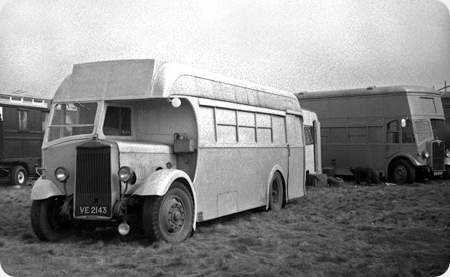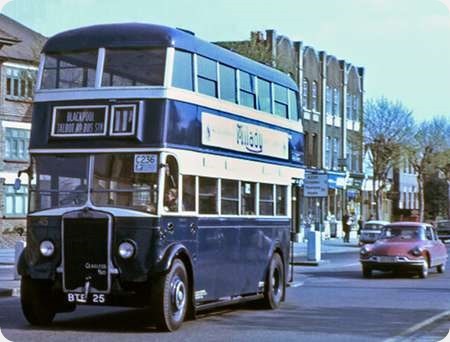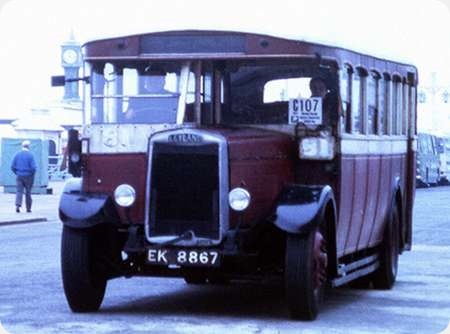Southern National – Leyland Lion LT1 – VE 2143 – 3439
Southern National
1929
Leyland Lion LT1
Beadle B35R
Before the First World War, the public transport needs in Cambridge were met by the horse drawn Cambridge Street Tramways Company and some small, often short lived, independent motor bus operators, most notably the Cambridge Motor Omnibus Company. In 1907 the assets of the struggling Cambridge Motor Omnibus Company were bought by James Berry Walford who hailed from Egham in Surrey. He relaunched the business in 1908 as the Ortona Motor Company which progressively became the major operator in the Cambridge area, finally seeing off the tramways company in February 1914. In 1913 The BET/BAT group took a initial 50% shareholding in Ortona, to which railway interests were later incorporated, and in 1919 Thomas Tilling set up the neighbouring Eastern Counties Omnibus Company in Ipswich which then became a Tilling/BAT company in 1928. In 1929, T/BAT assumed control of United Automobile Services and took steps to rationalise the somewhat sprawling United territory that covered large parts of Northumbria, Yorkshire, Lincolnshire and East Anglia. The Lincolnshire sector became the Lincolnshire Road Car Company, and the East Anglian part was transferred to an expanded Eastern Counties Road Car Company which subsumed the Ortona business on 14 July 1931. The Ortona vehicle livery changed from green to red, and 94 vehicles, 73 of them less than five years old, all with pneumatic tyres, were transferred to the new business. By the 1920s Ortona’s favoured choice of manufacturer had become Leyland, with Titan TD1 double deckers ultimately predominating. Single deck deliveries were more varied, but three Leyland Lion LT1 saloons with Dodson B32F bodies, VE 2142/3/4 arrived with Ortona in November/December 1929. A picture of VE 2144 in original form may be found in Paul Carter’s book, Cambridge 1, to which much of this detail must be credited. These ran with ECOC until 1945, and it is thought that they acquired Gardner engines during that period. In the picture the two inspection holes in the bonnet suggest that a 5LW lay beneath it, probably fitted by ECOC. VE 2143 was sold to Southern National who fitted it with a new Beadle B35R body and a CovRad radiator in 1947 and gave it fleet number 3439. On disposal by Southern National it was acquired by G J Mutton, a showman of Coalpit Heath, South Gloucestershire. This bus was still in use with a showman when photographed in 1961 on Mitcham Common. Behind the Lion may be seen another former Western/Southern National bus, YD 4707, an AEC Regent of the early 1930s rebodied by Beadle around 1943/4, with its upper deck trepanned for fairground duties. Does any OBP expert have more details of this bus please?
Photograph and Copy contributed by Roger Cox
13/04/22 – 08:13
Just out of interest, between 1925 and 1929 Ortona placed a total of 24 BMMO SOS chassis.
These comprised of 7 “S” types in 1925/6, 7 “Q” types in 1927 and 5 each of the “M” and “ODD” types in 1929.
Eric Bawden



